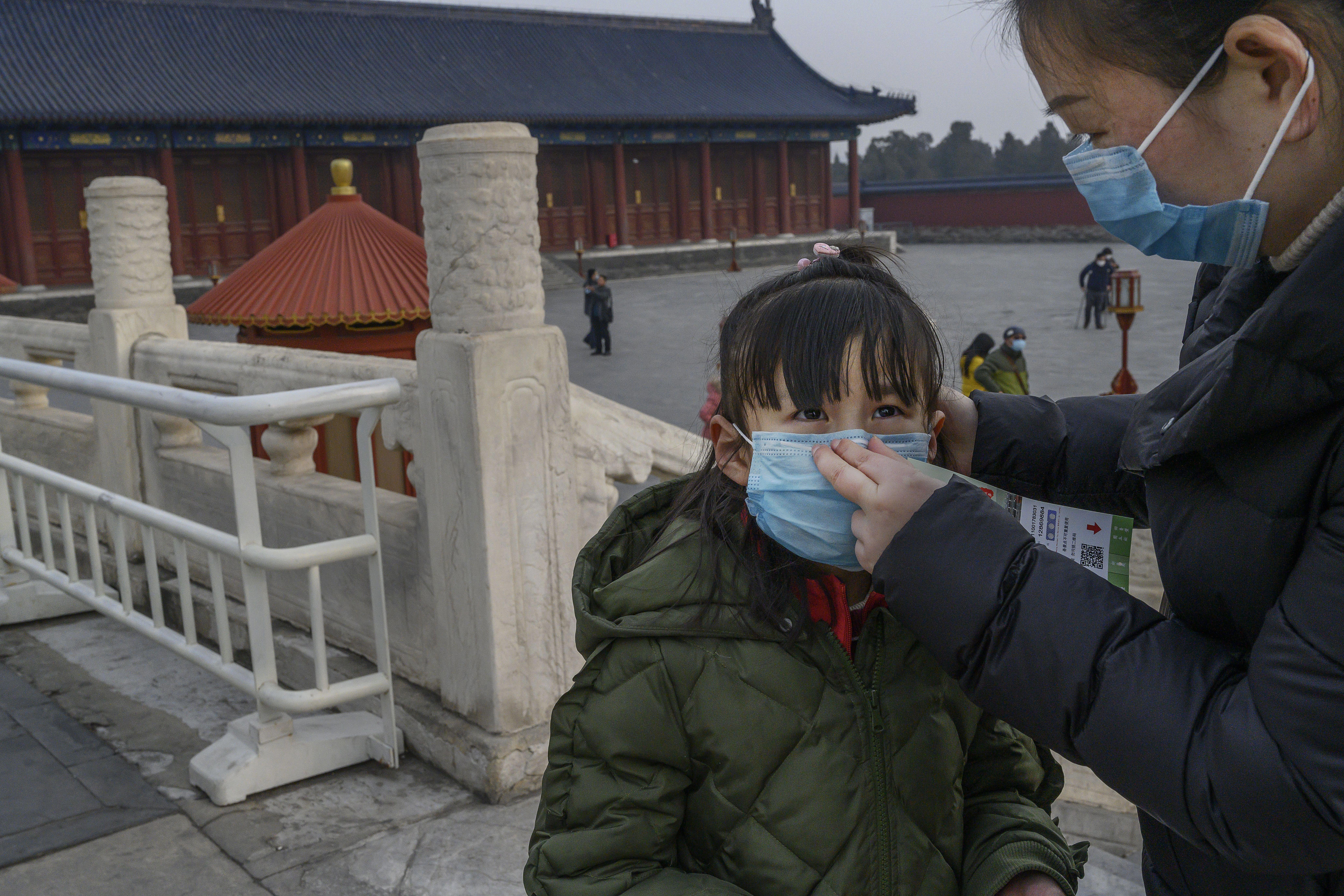As the coronavirus continues to spread, a scramble for surgical masks is also underway. On Sunday, a Chinese official warned of a severe mask shortage in the country. Lunar New Year festivities over the weekend saw revelers far from Wuhan, the epicenter of the coronavirus outbreak, donning masks. In the U.S., medical supply stores in central Texas are experiencing a mask shortage after a possible case of the virus was reported in the Brazos Valley.
But do these masks offer effective protection against the coronavirus? In 2003, Jon Cohen wrote that the SARS virus, a type of coronavirus that is just 100 nanometers in size, can easily pass through such barriers. The same goes for the flu, at 80 to 120 nanometers. While the size of the new virus is currently unknown, human coronaviruses are generally about 125 nanometers, so there’s reason to believe this coronavirus follows suit. The original article is reprinted below.
The dramatic photos of surgical-masked people walking the streets of Asian cities hit by severe acute respiratory syndrome pose the question: Do the masks offer them any meaningful protection against the disease?
Viruses, including the coronavirus that scientists believe may be the cause of SARS, are so tiny that they can easily pass through such barriers. Several studies even have shown that surgical masks fail to prevent transmission of the much larger mycobacterium tuberculosis, which causes TB. While the U.S. Centers for Disease Control and Prevention advises that people who have SARS wear these masks, they do not even recommend them for people in contact with those patients unless the infected person can’t wear one. Wearing surgical masks outdoors, where virus-laden particles easily disperse, has even less value.
CDC does advise health care workers working with SARS patients to wear a special mask called an N-95 respirator. But even these masks offer limited protection from coronaviruses. The name of the mask says it all. The “95” means the mask, if properly fitted—and that “fit factor” presents a big if—can filter out particles down to 0.3 microns 95 percent of the time. (A human hair is roughly 100 microns in diameter.) Human coronaviruses measure between 0.1 and 0.2 microns, which is one to two times below the cutoff.
The University of Cincinnati’s Sergey Grinshpun has studied N-95 respirators and says it all comes down to “collection efficiency.” N-95s made by different manufacturers have different collection efficiencies below the 0.3 cutoff. In other words, one company’s mask, if properly fitted, might filter out 92 percent of coronaviruses, while another might catch only 50 percent.
“It seems to offer better protection than nothing,” Grinshpun says. And he notes that viruses often travel on top of larger carrier molecules—like globs of mucus—making it easier to filter them. That’s why CDC Director Julie Gerberding last week noted that covering your face with a T-shirt might help if you come in close contact with an infected person.
To efficiently protect yourself from coronaviruses, you would need to wear a full-faced mask with a high-efficiency particle air filter. But such HEPA filter masks cause what Grinshpun calls “quite a discomfort” in short order.
Any mask clearly wards off one bug: fear. Confoundingly, the sight of so many people wearing masks also spreads fear. And there’s no measure of collection efficiency or fit factors that can help humans out of that pickle.
Explainer thanks Sergey Grinshpun, Julie Gerberding, and Web sites at the National Institute for Occupational Safety and Health and the International Society for Respiratory Projection (Americas section).
